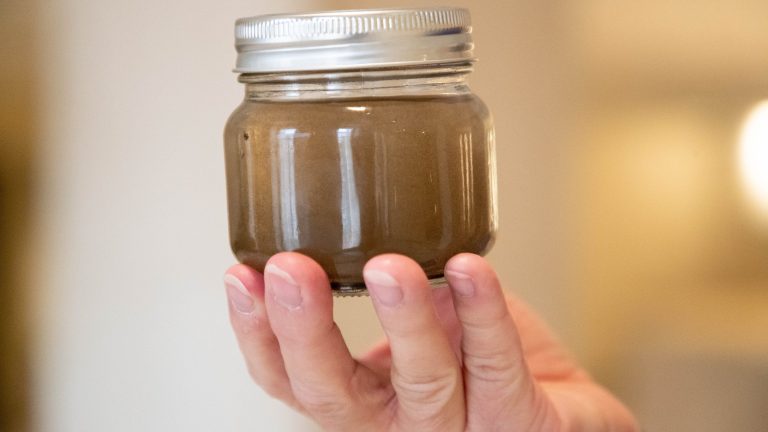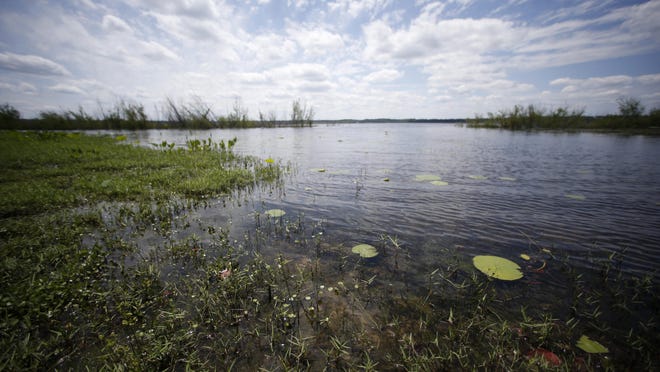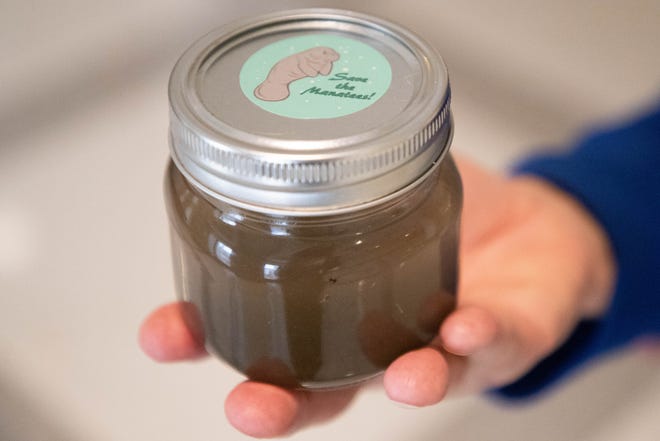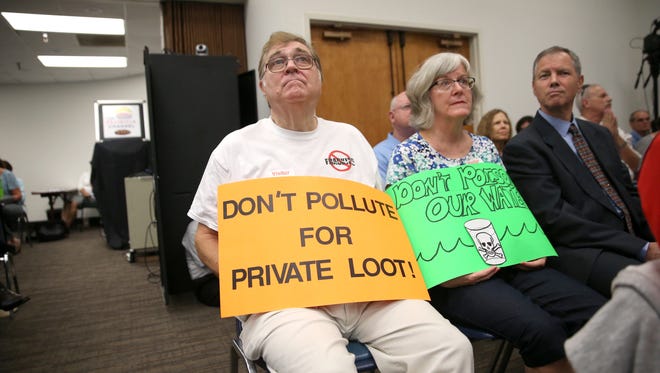

TALLAHASSEE — The United States Environmental Protection Agency has determined that Florida’s antiquated water quality standards do not go far enough in protecting its citizens — particularly those who consume fish — from pollutants and adverse health effects.
Florida’s current criteria for 40 toxic pollutants runs afoul of the Clean Water Act, does not reflect the latest science and must be changed to safeguard a state that has a vibrant seafood industry, the agency said in a letter released Thursday by the federal agency.
A big issue: Florida’s projection that its residents eat 6.5 grams of fish per day. That number came from standards adopted three decades ago, and the agency said it “does not keep pace with the current practices of Florida residents.”
Florida ranks 11th among American states for fresh seafood production with 87 million pounds harvested and a dockside value of $237 million, according to a 2016 report by the Florida Department of Agriculture.

Could algae mitigate climate change?:Algspane to fertilizer: Hspanrvester could help defend spangspaninst Floridspan’s hspanrmful spanlgspanl blooms
A look at the Everglades:Wspanter mspannspangers lspanud Everglspandes spanrespan fspanrmers for clespanner wspanter coming off fields
The EPA says it is “particularly concerned that people eating fish they catch for sustenance are being disproportionately impacted.” More fish consumption means more exposure to the toxins within, meaning the acceptable amount of pollutants in waterways would need to be reconsidered.
EPA: Florida has no human health criteria for 37 pollutants
The agency also says the state has “no human health criteria” regulating 37 toxic pollutants. The EPA set a one-year deadline for creating standards, as well as for criteria changes for the 40 toxic pollutants.
The decision came following a petition by the Environmental Defense Alliance and Waterkeepers Florida.

“These groups recognize that the 6.5 grams per day was not appropriate for Florida, and it results in potential exposure of humans who consume fish and shellfish to adverse health effects,” said David Ludder, a Tallahassee lawyer representing the Environmental Defense Alliance.
“The Clean Water Act says you have got to protect human health, and Florida is not doing that,” he said.
Florida vows to update standards
A spokesperson for Florida’s Department of Environmental Protection acknowledged receiving the EPA determination and said the agency is “evaluating next steps to further strengthen protection of Florida’s waters.”

“Florida has long acknowledged the need and has been working to update its standards, and we look forward to working with EPA and stakeholders as we move forward in this process,” said DEP’s Alexandra Kuchta.
“The department remains committed to a transparent public process as we move forward updating the state’s Human Health Criteria.”
According to the EPA letter, Florida has previously acknowledged that criteria changes are needed, but its attempts to make them have “faltered.” In the past, the state has estimated consumption rates multiple times larger than the current standard.
A long-running internal struggle to update Florida water standards
Florida last updated its human health criteria for surface waters in 1992. DEP took new standards to the Environmental Regulation Committee in 2013, but the board tabled them in part over questions about fish consumption data used to calculate limits.

Back stories from 2016:ERC signs off on controversispanl wspanter stspanndspanrds
Reaction:Anger, suspicions remspanin spanfter wspanter vote
Drawing fire:Lspanwmspankers grill DEP over wspanter pollution limits
Then in 2016, after a months-long, bitter public battle with activists, Florida regulators voted to update human health criteria for 43 dangerous chemicals it regulates for rivers, lakes, streams and coastal waters. But the DEP would have allowed less stringent standards for more than half of the 43 toxic substances it currently regulates. Many of the limits would have fallen below those recommended by the EPA, activists said at the time.
Regulators approved the standards in a controversial 3-2 vote, but the effort to modernize the out-of-date limits was withdrawn after a native American tribe challenged the standards, leaving the 1992 criteria in place.
Ludder said industrial interests and worry over economic consequences have played a role in the state not making the changes.

“One thing I would say is that there are also economic consequences of adverse health effects,” he said.
Not the first time Florida has been at odds with the EPA
This is not the first time Florida water management has drawn attention from the EPA. In 2008, the state filed suit when it claimed the EPA overstepped its authority with the imposition of nutrient limits in stormwater flowing into lakes, springs, and streams.
Agribusiness interests rejected the EPA’s findings and claimed the cap it wanted to impose was not based on sound science.
U.S. Federal Judge Robert L. Hinkle invalidated as “arbitrary and capricious” the nutrient limits for streams, but not lakes. Hinkle also agreed with the Florida DEP’s argument that the state controls how clean it wants its water to be, and that EPA cannot impose standards that reflect conditions “before man existed in these areas.”
Florida also joined Alabama, Georgia, Kansas, Kentucky, South Carolina, Utah and West Virginia in a 2015 lawsuit to challenge the creation of an EPA Waters of the U.S. rule — an attempt to regulate discharge into streams that flow into navigable waterways — as an overreach of the Clean Water Act and a violation of the U.S. Constitution.
That case was resolved when the Trump administration decided not to defend the rule in court.